The Ultimate Guide To Corn
Corn’s sweet flavor and handheld ease make it a summertime staple and favorite with everyone old and young alike. It has countless uses and is cultivated across the world. In this month’s Produce Spotlight we are sharing our Ultimate Guide to Corn. We will provide our favorite late corn recipes, discuss the crops’ unique origins, and share tips so you can grow your own.
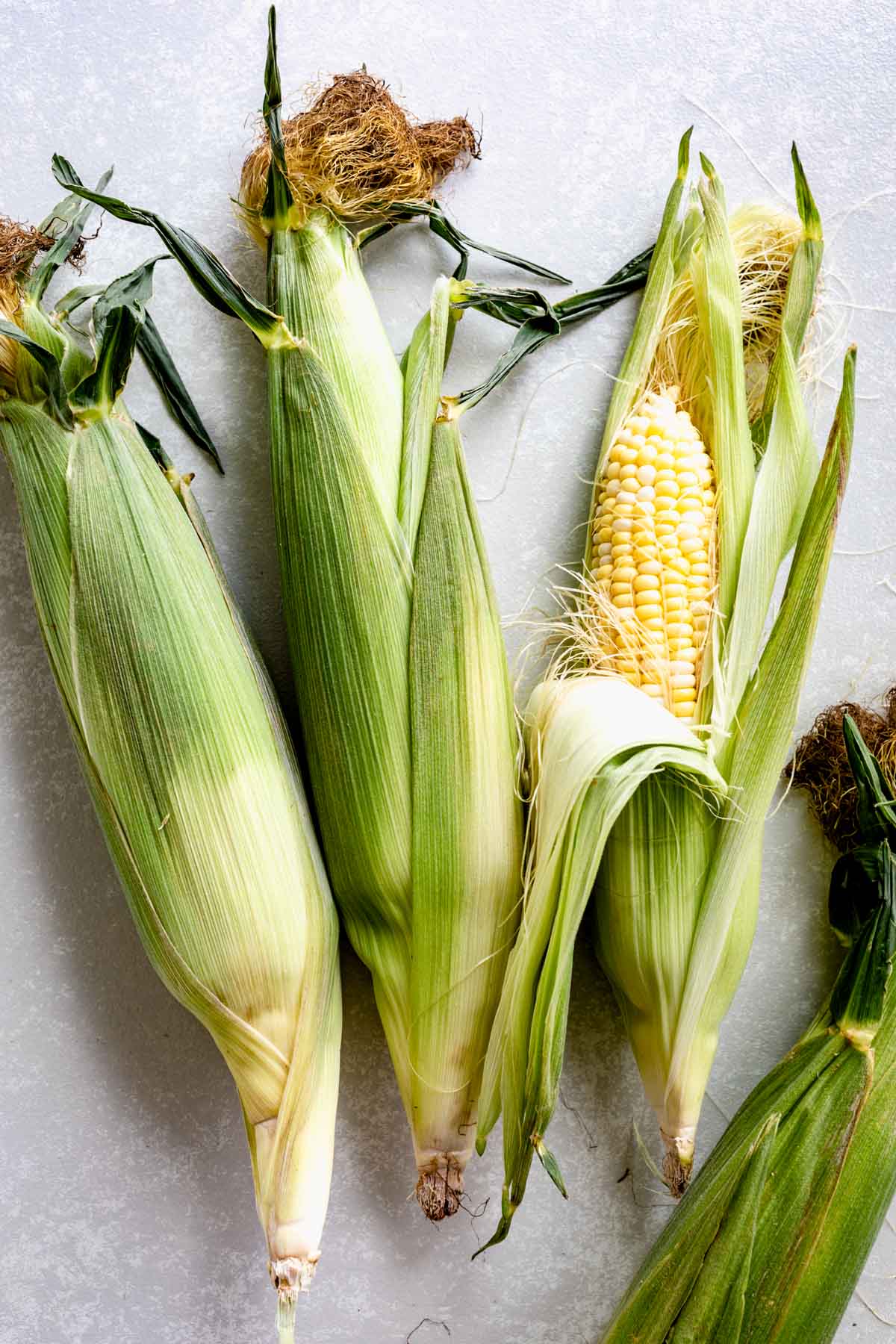
Table of contents
Origin and Growing Information
Origin
Corn, also known as Maize in some countries originated 9,000 years ago in Mayan civilizations. It is a member of the Poaceae family and its scientific name is Zea mays.
Corn is thought to have been domesticated from a wild grass called teosinte, which was hard and inedible.
After years of selective breeding and planting, corn soon became a staple in early Mayan farming and culture. The cultivation of the crop spread further to populations across North and South America and continued to become a significant player in the modern U.S. and global agriculture sectors
Sweet Corn Varieties
There are early, mid, and late-season varieties. It is crucial to choose a type that matches your region’s growing season. The sugar content alters the plant’s characteristics as well.
- Sugary (su): most traditional taste and texture that should be used immediately after harvesting.
- Sugar Enhanced (se): slightly sweet kernels that keep their flavor for a few days after harvesting.
- Shrunken (sh, sh2): a super sweet kernel that contains the highest sugar content and lasts about a week after harvesting.
- Synergistic (sy): combines qualities of all of the above to create a sweet and tender kernel that can last up to a week after harvesting.
Growing Tips
- Plant directly into the ground 2 weeks after the last frost
- Place seeds 1 inch deep, and leave 4-6 inches between each
- The rows should be 30-36 inches apart
- Plants will need about 1 inch of water per week
Growing Conditions
Soil conditions are crucial for good growth. It must be at least 60°F, drained but able to hold some moisture. Adding aged manure, compost or fertilizer will aid in the growing process.
Harvesting
Harvest when cobs bulk up and tassels turn brown. This typically happens 60-100 days depending on the variety. To harvest, simply pull the ear down and twist it off of the stalk.
Learn more about growing your own from The Old Farmer’s Almanac.
Nutrition Information
Sweet Corn Health Highlights
According to the nutrient profile from the USDA’s Food Data Central, corn has the following health benefits
- Low fat
- High in fiber
- A source of B vitamins
- A ½ cup serving or 1 medium ear has about 90 calories
Starch content
Sweet Corn is a starchy vegetable with 20 grams of carbohydrates in a 1/2 cup serving. If you follow a low-carbohydrate diet, you may want to limit your intake of corn.
GMOs
Being a commodity crop, a lot of US-grown corn is GMO. The GMO corn is resistant to pests and can tolerate herbicides, however, it does not harm beneficial insects such as ladybugs and pollinators.
GMO corn is non-toxic to humans and livestock and the majority is processed into corn syrup, or used for animal feed.
Learn more about GMOs and their effects from The FDA.

Corn FAQs
The reason you may see undigested corn in your poop is due to the high cellulose content in the kernel’s outer wall. Cellulose is an insoluble fiber that is not broken down during digestion, however, all the internal components of the kernel are fully broken down.
Yes, it can easily be frozen and does not need to be cooked beforehand. You can freeze full ears that have been shucked or you can freeze kernels that were cut off. Simply place the corn into an airtight bag and pop it in the freezer.
Corn is susceptible to diseases such as leaf wilts, blights, and even rotting. The best way to control disease is to rotate your crops each year, keep the area weed-free and remove any plant debris/residue from the growing area. The plants can also attract pests which will minimize your yields. Using a fungicide solution of Bacillus thuringiensis kurstaki (Btk) and mineral oil on the corn after the silk has formed will help prevent pests.
The majority of corn grown is field corn. Their kernels and starches are processed into various products. Based on USDA data, a rough 40% is turned into fuel and the leftover co-product from ethanol production is used for livestock feed. Corn syrup is made from a specific type of field corn called #2 yellow dent corn.
The sweet corn that we eat only makes up a small percentage of production. Other food varieties include popcorn, a variety with a small amount of water, and white corn, which has a harder starch and is used to make corn chips and tortillas. Learn more about food corn from The Nebraska Corn Board.
Cooking Information
If you have ever had freshly picked raw corn, straight from the cob, then you know fresh corn is best! It doesn’t need much to make it great. Our favorite ways to use it are to boil it, cut if off the cob and to grill it. Read below instructions for each.
How To Boil Sweet Corn
- Bring a large saute pan or Dutch oven of water to a boil over high heat.
- Add the shucked corn, cover and simmer 3 to 4 minutes.
- Drain well or remove with tongs. Enjoy!
How To Cut Corn Off The Cob
- Take a large bowl and set it on the work surface. If you do not have a non-skid bowl, you can set a damp cloth underneath it to prevent it from sliding around.
- Set a second, smaller bowl inside the large bowl, but upside down. This creates a little platform for you to stand your corn cob on.
- Stand the corn cob on end on the inverted bowl and cut the kernels off the cob with a sharp chef’s knife.
- The kernels will fall into the well around the smaller bowl instead of spilling off the cutting board. Repeat with the remaining cobs.
- Remove the smaller bowl and scrape off any kernels that stick to it.

Tips For Grilling Shucked Corn
Grilling the corn after it is shucked gives great smoky and charred flavors.
- Preheat grill to medium-high heat.
- Brush oil over the corn. Use about 1 teaspoon per three ears.
- Grill, turning every minute or two until charred all over, about 7 to 9 minutes.

To Grill Corn in Husk
Alternatively you can grill the corn in its husk by soaking the corn in room temperature water for at least one hour. Note that the silk can burn so it is best to trim it off before grilling. Grill the corn, with the lid on, turning once or twice for 15 to 20 minutes. Carefully peel the corn and enjoy!
Corn Recipes
Corn Recipes
Zest up a classic favorite with Lime and Chipotle Chili. This will be a hit at your next BBQ or cookout.
This Corn and Potato Chowder is a great homemade hearty soup. This healthier version is thickened by pureeing some of the corn and potatoes instead of using flour, so it is lighter and naturally gluten-free.
This Mexican Corn Salad is full of color, flavor, and totally vegan. The Jalapeño and Cilantro Dressing is the perfect complement to the corn’s sweet taste.
This Pasta with Corn and Smoked Mozzarella with lots of garlic is both sweet and smoky and is a great vegetarian dinner to make in under 30 minutes.
An enhanced, one-skillet version of street corn. This spin-off of Street corn features savory additions like pepitas and bacon.
Skip the bagged popcorn and try this healthy homemade version during your next movie night.
This Chickpea and Corn Salad is gluten-free, full of nutrients, satisfying, and can be vegan. Enjoy all the flavors of summer in one bowl
A slightly unconventional yet very comforting meal made in under 30 minutes. Flavors from the South and New England combined into a hearty breakfast.
Corn and ice cream? Trust me it is delicious and your family will love this dessert.
A simple dish that showcases two veggies from your garden. This quick and easy dish will become a summer staple!
Thank you for tuning in to this month’s produce spotlight! Please leave a comment or question below and check out my other produce spotlights for more.









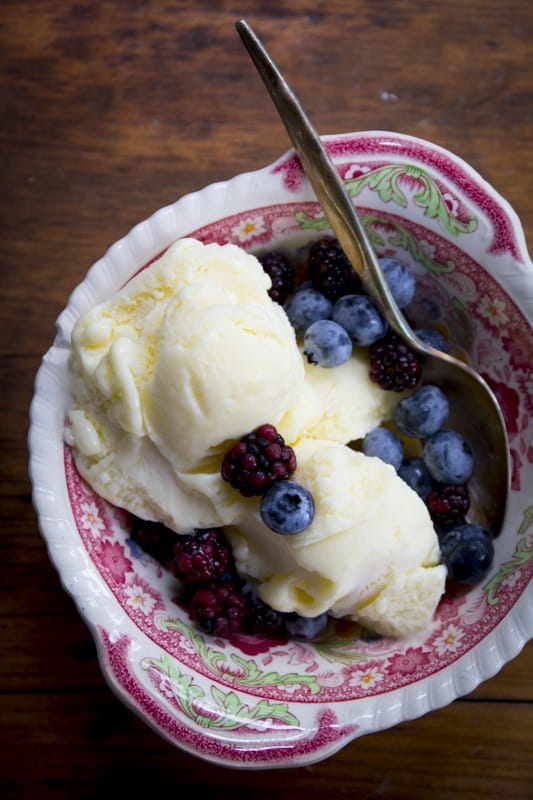



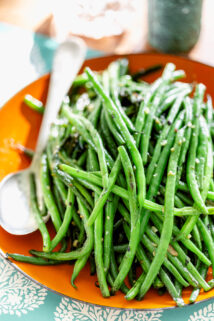
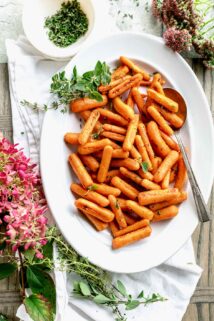
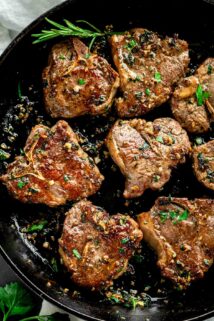
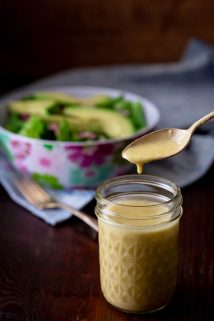

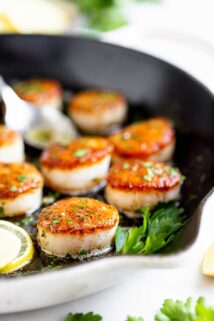

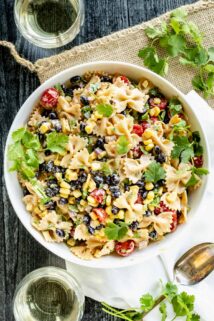

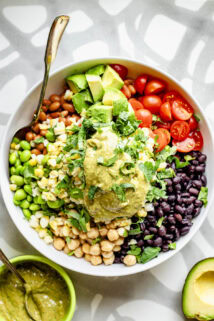
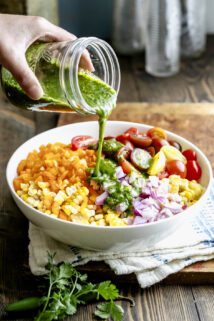
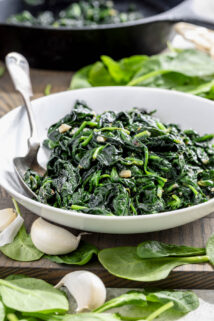
Corn’s sweet sweetness and portability make it a summertime classic and a favorite of both young and old. It has numerous applications and is grown all over the world. Thank you!
Corn’s sweet sweetness and portability make it a summertime classic and a favorite of both young and old. It has a wide range of applications and is grown all over the world. Thank you!
You have so many great recipes. That sweet corn ice cream really looks amazing!!! I wonder what it tastes like. 🙂
Let me know what you think when you try it! I think you’ll love it!
Wow, all of your corn recipes after the information is so much fun!! I have lovely memories of eating grilled corn as a child, grilled in the husk, so delicious. Your corn chowder is SO tempting!!
Thanks Megan! I hope you love each recipe you try!
This is so helpful! I used to get corn from a farmers market that was so fresh and sweet we’d eat it raw, straight off the cob. It was so good but now I can’t find it anymore. I bet it’d be great in that sweet corn ice cream!
I agree- that would be a perfect use for it!!
I’m a huge fan of corn and this guide is so helpful! I love your grilling tip, will have to try that.
Thanks Jean! I hope you find many more uses for this delicious good!